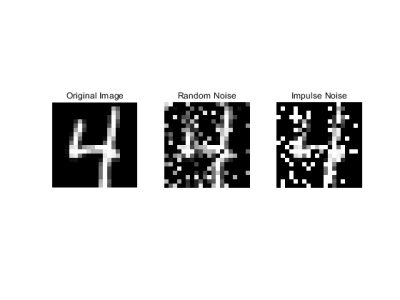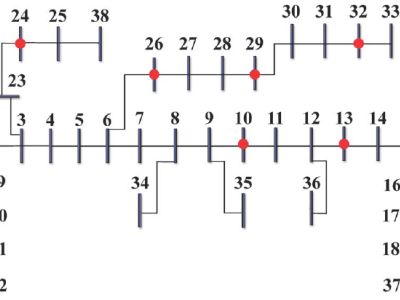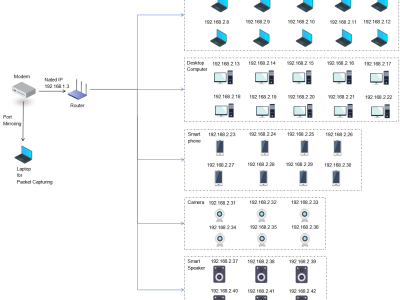
This dataset consists of images with two types of artificially added noise, intended for evaluating the robustness of machine learning models against noise perturbations. The first type of noise introduces randomly generated pixel values ranging from 0 to 255 at random positions in the image. The second type of noise adds binary noise by setting pixels at random locations to either 0 or 255. The dataset includes images with varying amounts of noisy pixels, allowing for detailed analysis under different noise intensities.
- Categories:






